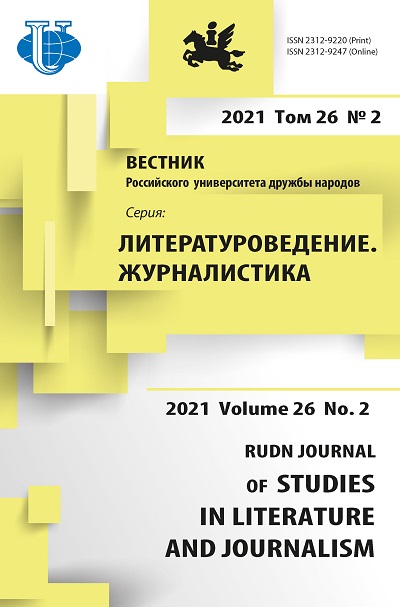Abstract
Millions of people all over the world watch ESports matches and follow the news about favourite teams and players. Due to the COVID-19 pandemic ESports market has received unprecedented growth of audience. The present paper is aimed at exploring and comparing specific features of ESports internet resources development around the world. The author observes the most visited ESports sites in such countries as South Korea, China, the USA, and Russia. Also, this article examines website traffic statistics to analyze the popularity of ESports internet resources among an audience. The data is based on the number of views and visitors for each country during the day, month, and year. The study showed that the Asian ESports media market prefers to use video format for providing content compared to the USA and Russia. The USA and Russia still use text and video formats.
















